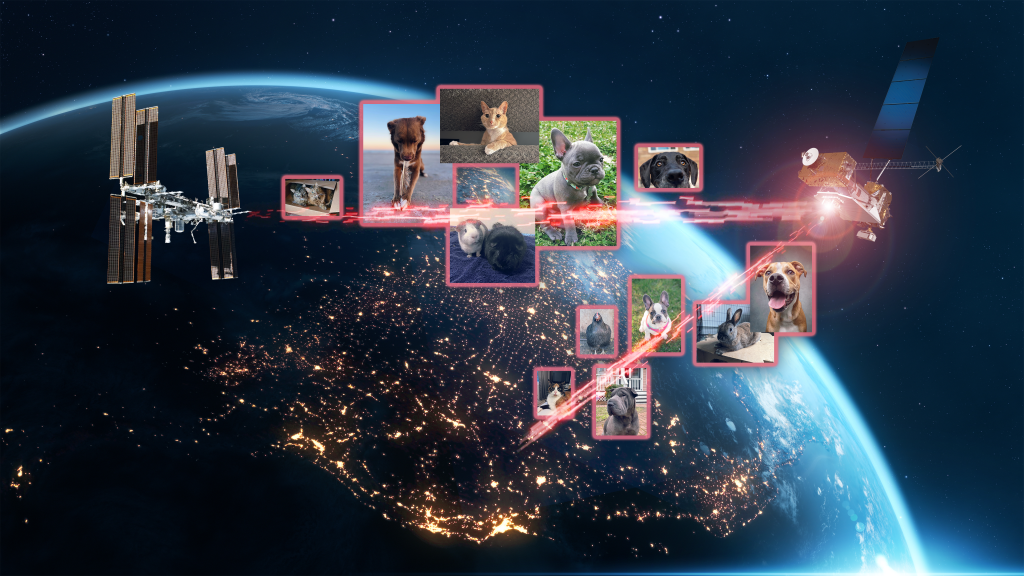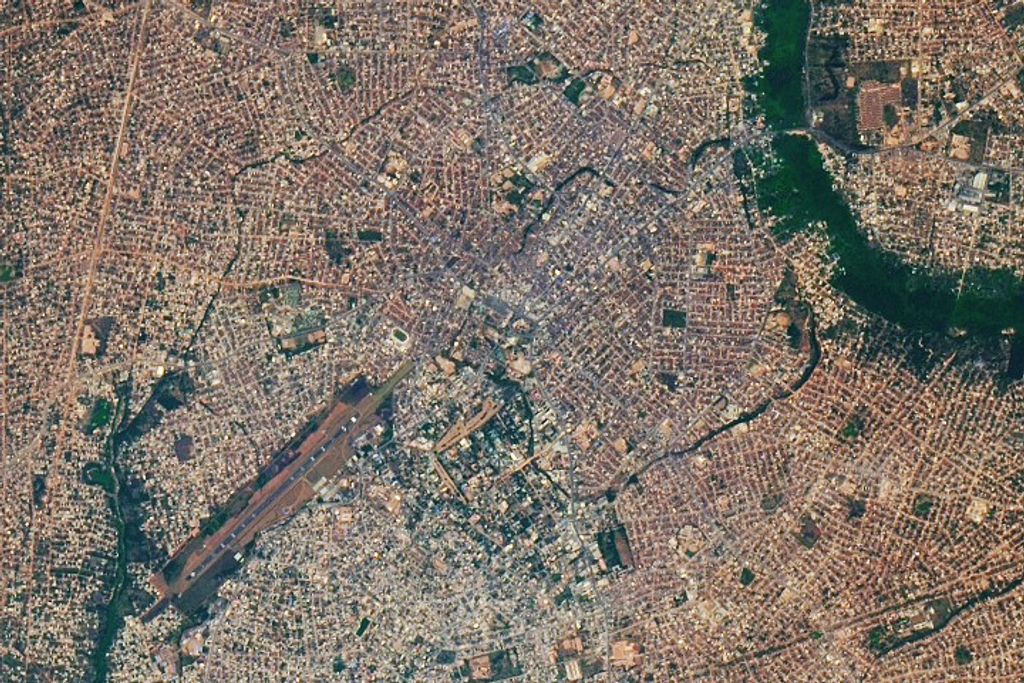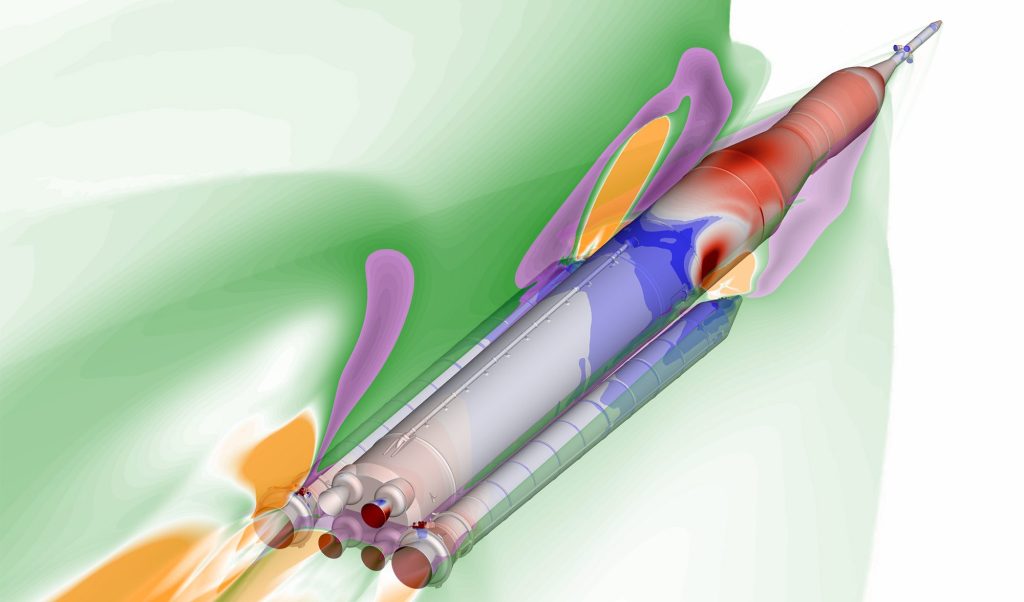
Delay / Disruption
Tolerant Networking
DTN Is a foundational capability for creating the Solar System Internet and will be bring internet-like functionality to space communications.
TODAY
Delay/Disruption Tolerant Networking
Establishing an Interplanetary Internet
Space communications are subject to frequent delays and the unavailability of end-to-end links, resulting in the need for additional networking protocols.
DTN uses a store-and-forward approach to overcome latency and disruption challenges. In the event of a disruption in communications between network nodes, each node can store data until the next node becomes available — similar to how emails are saved in outboxes until a network connection is established. DTN assures delivery of data to the end user in a more reliable and standardized way in the unique space communications environment.
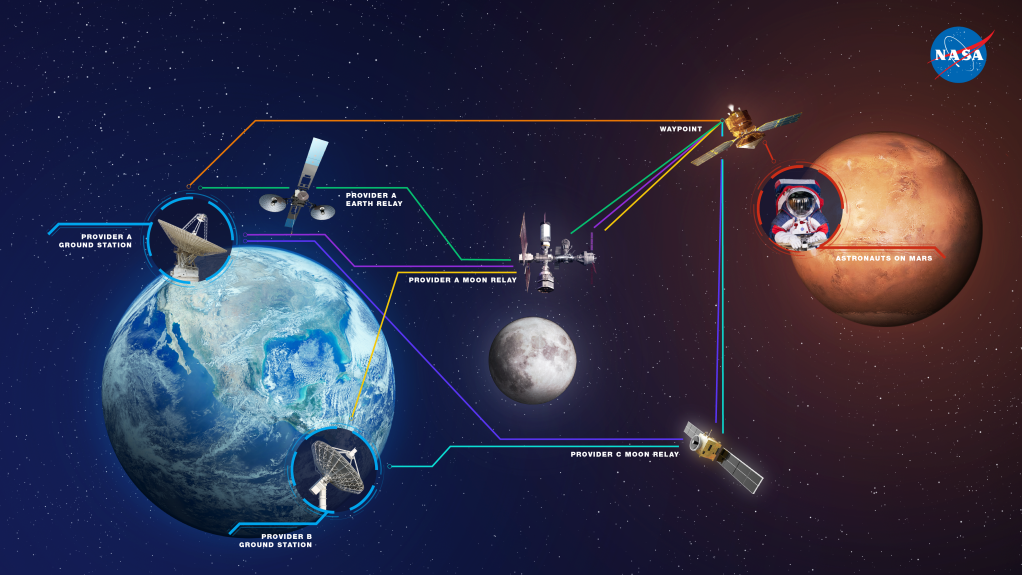
Benefits
Delay/Disruption Tolerant Networking (DTN) can benefit all types of missions.
DTN as a networking approach has massive potential, allowing communications engineers to identify bottlenecks, reroute data to improve flow, and create a more robust network architecture in general. Additionally, DTN enables mission teams to identify where their data is on a path and assess when they can expect it to arrive.
Implementing DTN will decrease data loss and increase insight into the network.
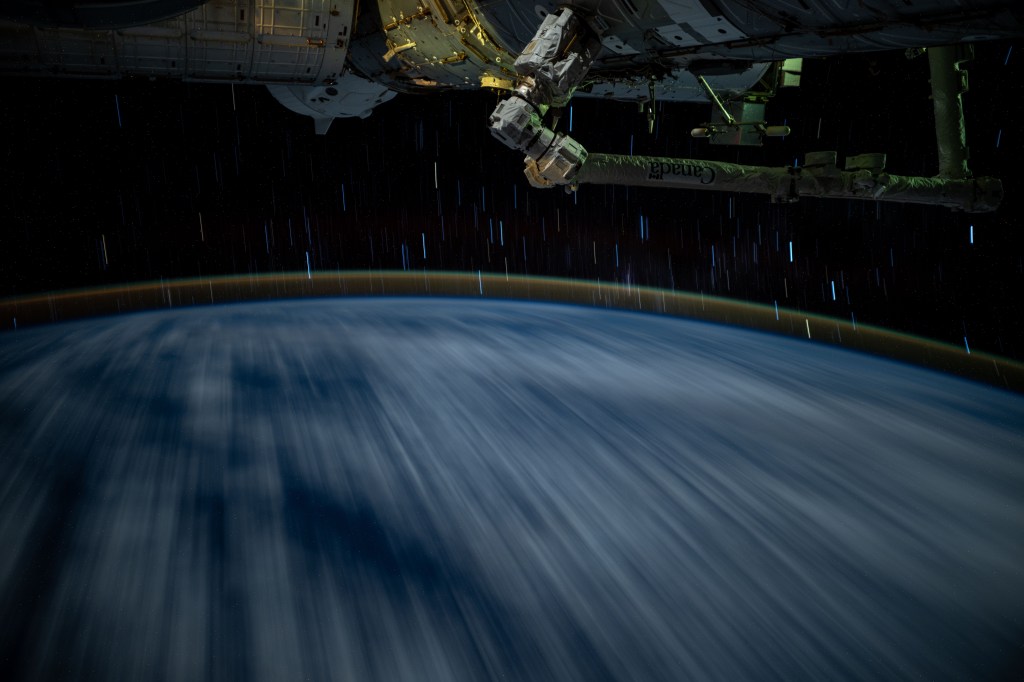
DTN Mission Resources
Explore various resources for supporting your mission with DTN.
Why should you use DTN on your mission? DTN can benefit all types of missions and is currently being used by science missions like the Plankton, Aerosol, Cloud, ocean Ecosystem (PACE) spacecraft.
The Space Communications and Navigation (SCaN) program is implementing the infrastructure necessary to support DTN for future missions. Helpful resources such as software options, information on standards, and other mission resources are available below.
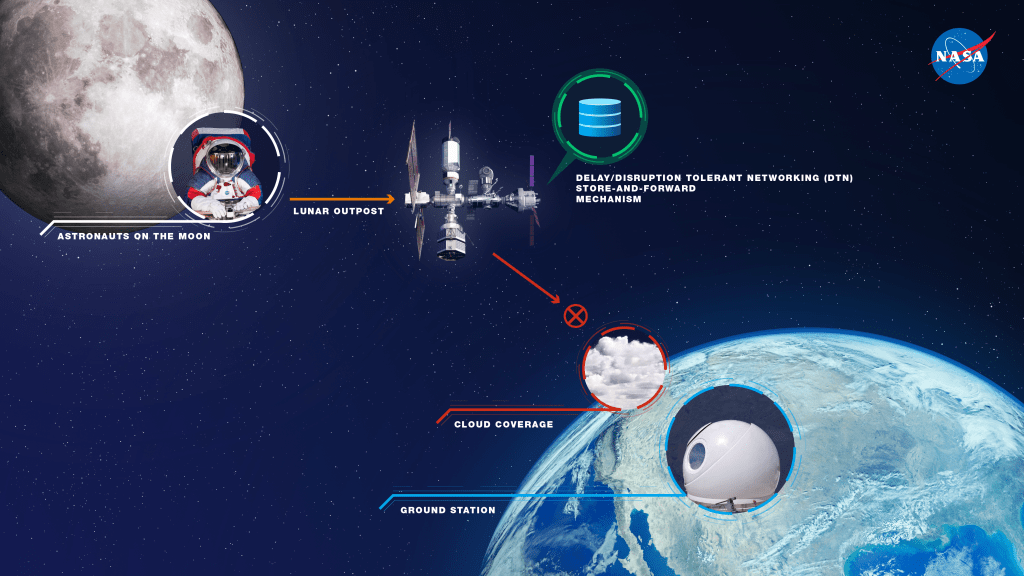
LunaNet
Creating the Interplanetary Internet
DTN is the building block of NASA’s LunaNet Interoperability Specification (LNIS). The LNIS is not a single mission, but rather a specification guideline and framework for building and operating interoperable assets on and around the Moon. NASA’s first physical asset supporting a lunar network that complies with the LNIS is a commercial lunar relay and will leverage DTN. The LunaNet architecture will be built by NASA, international partners, and commercial companies, all working together for a robust lunar presence.
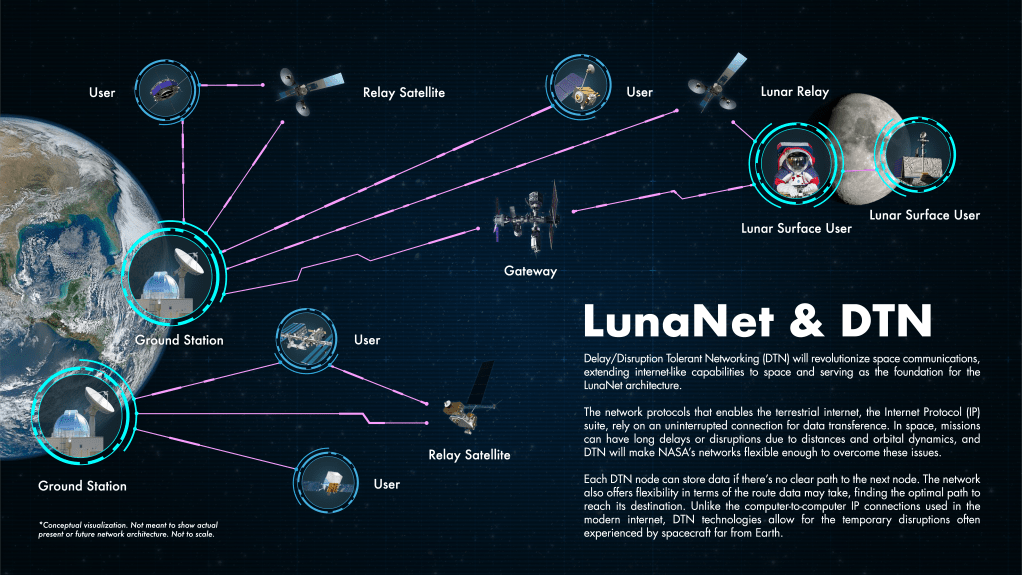
Antarctic Selfie’s Journey to Space via Disruption Tolerant Networking
NASA is boosting cyber to space with benefits for Earth. On Nov. 20, 2017, a selfie snapped from the National…
Read the Story
DTN Enables PACE to 'Phone Home'
In 2024 NASA’s PACE mission became the first NASA Class-B mission to use DTN operationally for telemetry data. Over 34 million bundles have been successfully transmitted to date with a 100% success rate. Utilizing DTN has improved efficiency of operations by automatically initiating transfer of bundles when a communication contact occurs, enabling retransmission and handling of unplanned disruptions gracefully by resuming a downlink when the link becomes available again.
Learn MoreNASA’s Laser Relay System Sends Pet Imagery to, from Space Station
Using NASA’s first two-way, end-to-end laser relay system, pictures and videos of cherished pets flew through space over laser communications…
Read the Story